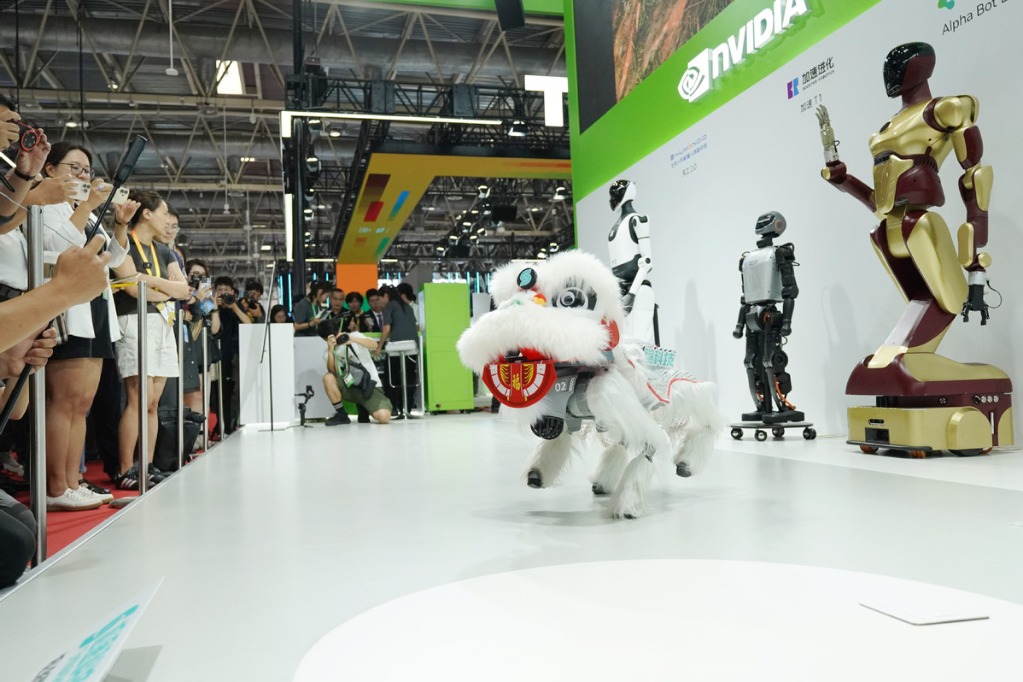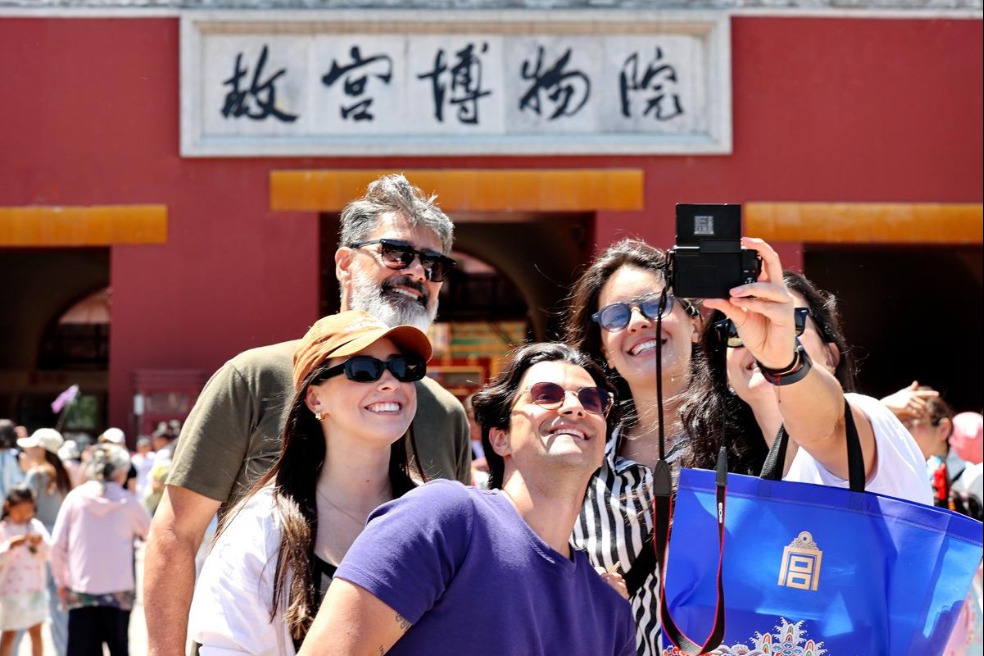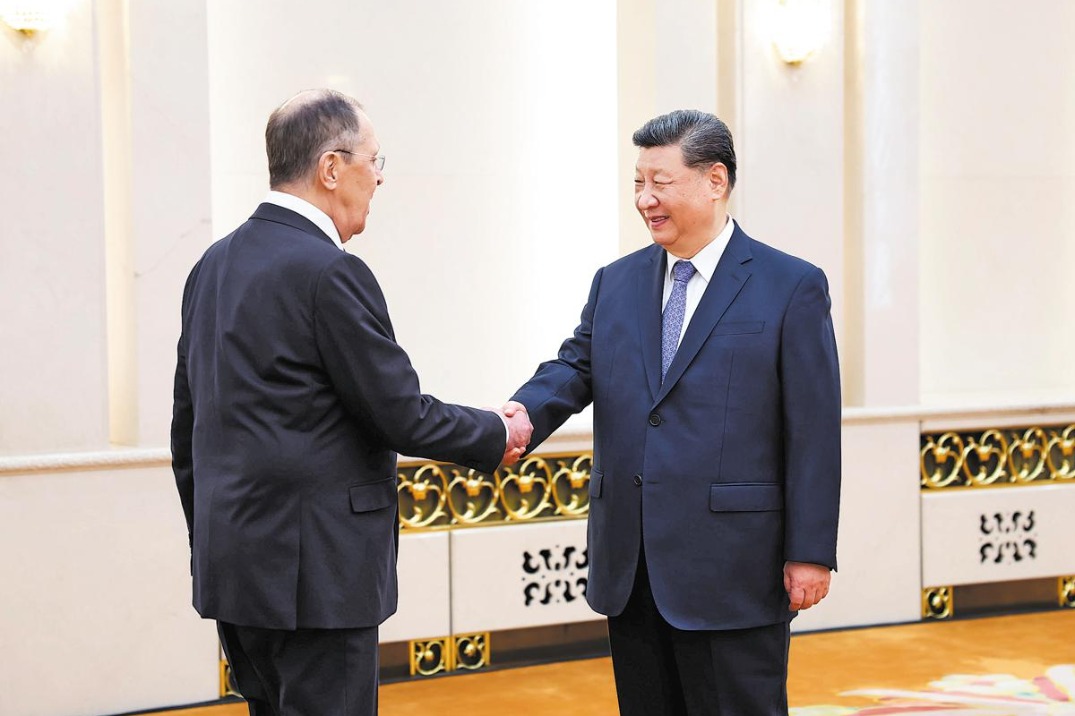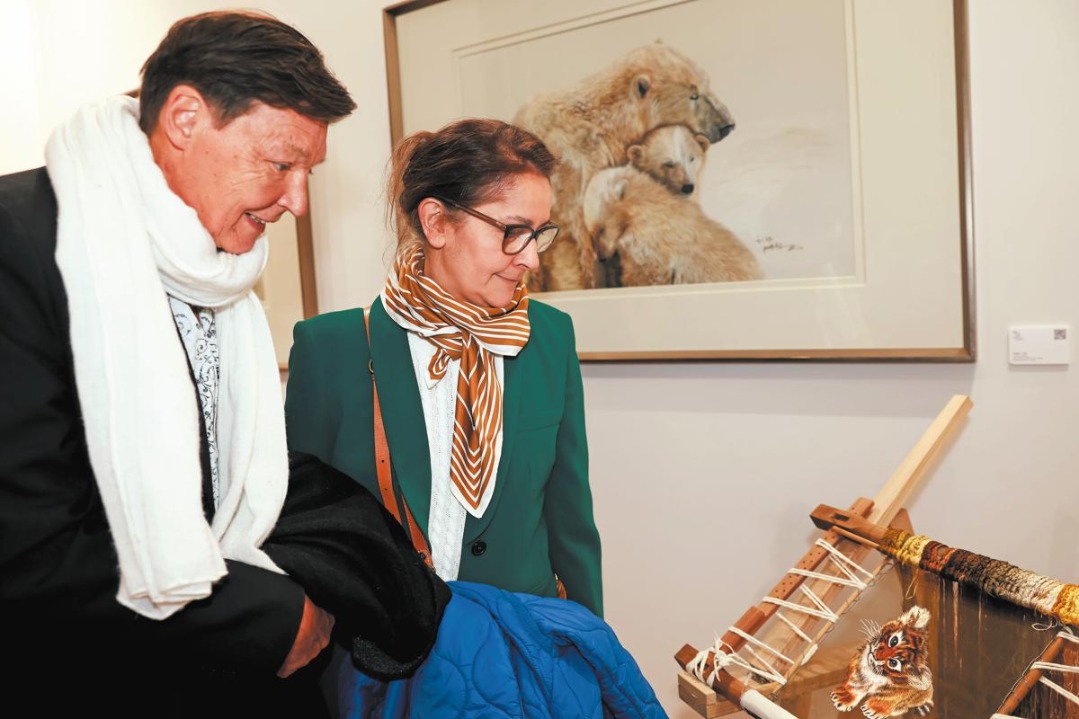Toys help Ankang residents to lead a plush new life

XI'AN-Li Yinzhi, 38, glows with happiness as she stitches layers for plush toys in a workshop in Ankang, a city in Northwest China's Shaanxi province.
The new urbanite resettled in Ankang from an inhospitable mountainous area and found a secure job she is good at in a residential community. It accommodates former farmers as part of government-supported poverty eradication efforts.
"The job is on my doorstep, and having a stable income means that I can take care of my children and parents," says Li, a mother of two.
She now earns an annual salary of more than 50,000 yuan ($7,737) at the workshop. "It's much better than my days working far away from home in Ningbo seven years ago."
Starting in late 2017, when the plush-toy industry relocated to the city from Changzhou in East China's Jiangsu province, Ankang has seen the rise of 569 toy-making companies, says Wu Dalin, director of the administrative committee for the Hengkou demonstration zone in Ankang.
He adds that the businesses now generate an annual output of close to 2.8 billion yuan and create more than 12,000 jobs, including 3,000 for once poor households like Li's.
Amid China's poverty reduction drive, approximately 1 million people, who lived in inhospitable, poor, scattered mountainous regions in Ankang, have moved to new urban residential communities, says Zhao Junmin, Party chief of Ankang.
"This gathering of populations provides fertile soil for labor-intensive industries like toy making," Zhao says.
The city seized the opportunity of the industrial relocation in eastern China and offered incentive packages to toy-making businesses.
Despite the advantage of lower labor costs, Ankang, like other places in western China, was throttled by high transportation expenses when developing export-oriented industries.
Wu, who has been coordinating the relocation of the toy-making industry from Changzhou to Hengkou, would not allow the hope of enriching the newly-settled residents to be dashed. His team went to explore potential partnerships to lower the transportation cost.
The persistence was fruitful. In May 2020, the dry port set up by the Shanghai International Port Group began operation in Ankang. It turned the city into an inland intermodal terminal, directly connected by rail to the Shanghai port, from which plush toys are shipped to global consumers.
Later the year, the city saw the departure of its first dedicated freight train heading to Europe by way of Xi'an, another route connecting it with the international market.
To make the industry more competitive, Ankang extended the industrial chain by introducing a production line making polypropylene cotton used for stuffing the plush toys.
"The annual output has surpassed 20,000 metric tons, providing far more than sufficient supplies to local toy makers," says Wu.
Ankang has bigger plans for the industry and is poised to ensure that plush toys will contribute to an even better life for Li Yinzhi and her fellow urbanites.
"In the next three years, we will work to boost creative industries inspired by the toy culture and make them one of the pillars of the local economy," says Zhao.
Xinhua

Today's Top News
- Collection of Xi's articles on education, other two books published in Hong Kong
- Local govts urged to improve handling of hot spot issues
- China hailed as stabilizing global force
- Climate not a contest for China, US
- Beijing supports Tehran in maintaining dialogue
- Ensuring stable supply chains vital to intl market






























